Home>Interior Design>Green Hallway Ideas: 10 Designs For A Refreshing, Natural Space
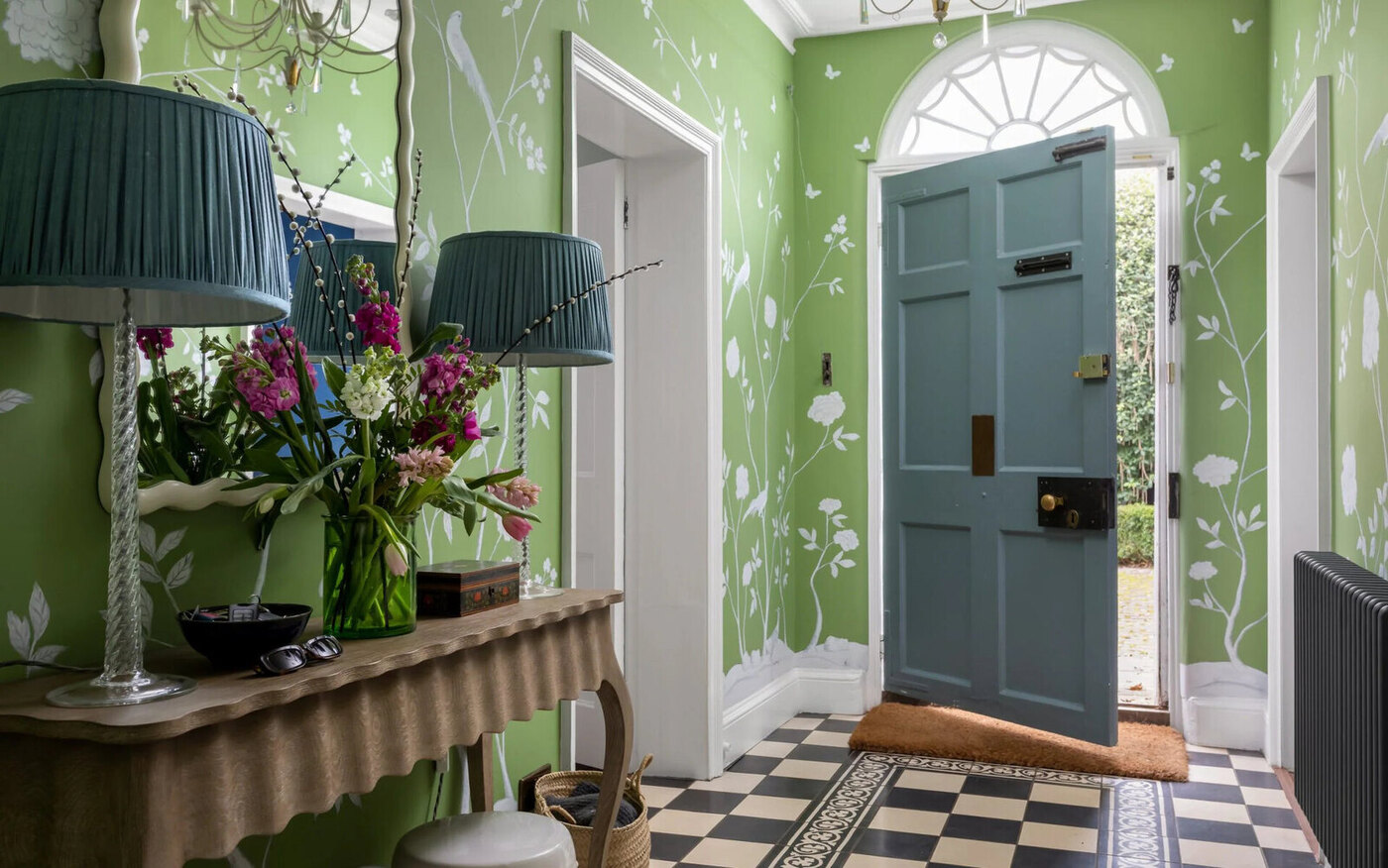

Interior Design
Green Hallway Ideas: 10 Designs For A Refreshing, Natural Space
Modified: March 24, 2024
Discover 10 stunning interior design ideas for a fresh and natural green hallway. Transform your space with these refreshing designs!
(Many of the links in this article redirect to a specific reviewed product. Your purchase of these products through affiliate links helps to generate commission for Storables.com, at no extra cost. Learn more)
Green Hallway Ideas: 10 Designs for a Refreshing, Natural Space
When it comes to interior design, hallways are often neglected spaces. However, with a little creativity, you can transform your hallway into a refreshing and natural oasis. Incorporating greenery and natural elements can create a soothing and rejuvenating atmosphere. Here are 10 green hallway design ideas that will breathe life into your space.
Key Takeaways:
- Transform your hallway into a lush oasis with green hallway designs, from vertical garden walls to natural flooring, creating a refreshing and eco-friendly space.
- Incorporate natural light, scents, and eco-friendly elements to create a green hallway that enhances well-being and sustainability, welcoming guests with vibrant greenery.
Vertical Garden Wall
Adding a vertical garden wall is a fantastic way to bring the outdoors inside your hallway. This design not only adds a touch of nature but also maximizes the use of vertical space. Choose a sturdy framework and select plants that thrive in low-light conditions. Some great options include pothos, ferns, and spider plants. Regularly water the plants and provide adequate sunlight or artificial lighting to maintain a lush and vibrant green wall.
Hanging Planters
Hanging planters are an excellent choice for narrow hallways or areas with limited floor space. They add visual interest and bring a sense of height to the space. Choose plants that can adapt well to hanging conditions, such as ivy, succulents, or trailing philodendrons. Arrange the hanging planters at different heights to create a dynamic and eye-catching display.
Potted Plants Display
An easy and versatile way to incorporate greenery into your hallway is through potted plant displays. Choose plants that can thrive in the available light conditions and are easy to maintain. Consider placing a mix of tall plants, such as snake plants or peace lilies, along with shorter plants like pothos or ferns. Arrange the pots in a visually appealing manner, using different shapes and sizes for added interest.
Living Art Installations
Living art installations are a unique way to make a statement in your hallway. These installations often feature a combination of plants, preserved moss, and other natural elements. Select plants that require minimal care and can withstand indoor environments, such as air plants or moss varieties. Regularly mist the plants to maintain their vibrant appearance and freshness.
Natural Light Optimization
Take advantage of natural light sources in your hallway to create a green and airy space. Place plants near windows or skylights to maximize their exposure to sunlight. Opt for plants that thrive in bright but indirect light, such as Chinese evergreens or rubber plants. Rotate the plants periodically to ensure even growth and avoid any potential damage from one-sided light exposure.
Green Wallpapers and Murals
If you want to add a touch of green without the maintenance of live plants, consider using botanical wallpapers or murals. These designs can create the illusion of a lush garden and add depth to your hallway. Choose wallpapers with botanical prints or nature-inspired murals that complement the overall aesthetic of your space. Install them carefully and ensure proper maintenance to preserve their visual impact.
Natural Flooring Options
To complete the natural look of your hallway, opt for eco-friendly flooring options. Consider materials like bamboo, cork, or reclaimed wood, which are sustainable and visually appealing. These natural flooring options not only add warmth and texture to your hallway but also contribute to sustainable living. Clean and maintain the floors regularly using natural cleaning products to keep them looking their best.
Eco-Friendly Lighting Fixtures
Choose energy-efficient lighting fixtures to illuminate your green hallway. Opt for LED bulbs or CFLs (Compact Fluorescent Lamps) that consume less energy and last longer. Install lighting fixtures strategically to highlight specific areas or plants in your hallway. Regularly clean the fixtures and replace any burnt-out bulbs to ensure a well-lit and inviting space.
Natural Scenting Methods
To enhance the ambiance of your hallway, consider incorporating natural scents. Use scented candles, essential oil diffusers, or dried flower arrangements to infuse the space with refreshing fragrances. Select scents like citrus, lavender, or eucalyptus that promote relaxation and rejuvenation. Experiment with different scenting methods and find the one that suits your hallway best.
Maintaining a Green Hallway
Lastly, ensure the longevity of your green hallway by providing proper care and maintenance. Regularly water and fertilize the plants to keep them healthy and vibrant. Clean and dust the plants’ leaves to prevent dust build-up. Pay attention to the lighting and ensure that plants receive adequate sunlight or artificial light. Monitor the humidity levels in your hallway and adjust accordingly to create the optimal conditions for the plants.
By incorporating these 10 green hallway designs, you can transform your space into a refreshing and natural oasis. Embrace the beauty of nature and create a soothing ambiance that welcomes you and your guests with its vibrant greenery and natural elements.
When designing a green hallway, consider using natural materials like wood and stone to create a refreshing and calming atmosphere. Incorporate plants and natural light to enhance the natural feel of the space.
Introduction
Welcome to the world of green hallway design! In this article, we will explore 10 innovative ideas to transform your hallway into a refreshing and natural space. Hallways are often overlooked when it comes to interior design, but with a little creativity, they can become an extension of your unique style and a sanctuary within your home.
A green hallway not only adds visual appeal but also brings the soothing benefits of nature indoors. From vertical garden walls to hanging planters, potted plant displays to living art installations, there are endless possibilities to infuse your hallway with the beauty of nature. Creating a green oasis in your hallway not only enhances the aesthetics but also improves the overall ambiance of your home.
A green hallway has numerous benefits. The presence of plants has been proven to reduce stress, improve air quality, and promote a sense of well-being. It also adds a touch of tranquility to an otherwise utilitarian space. Whether you have a long, narrow hallway or a spacious entrance, these ideas can be tailored to suit the size and layout of any hallway.
In this article, we will guide you through each design idea, providing tips and considerations to help you create your own green oasis. From selecting the right plants to optimizing natural light, we’ll cover it all. Whether you have a green thumb or just starting your plant journey, these ideas are accessible and can be tailored to your skill level.
Transforming your hallway into a green haven doesn’t have to be a daunting task. You can start small with a few potted plants or go all out with a living art installation. The choice is yours, and the possibilities are endless.
So, let’s dive in and explore these 10 inspiring green hallway designs that will infuse your space with refreshing, natural vibes. Get ready to embark on a journey of botanical beauty and transform your hallway into a place of tranquility and serenity.
Key Takeaways:
- Transform your hallway into a lush oasis with green hallway designs, from vertical garden walls to natural flooring, creating a refreshing and eco-friendly space.
- Incorporate natural light, scents, and eco-friendly elements to create a green hallway that enhances well-being and sustainability, welcoming guests with vibrant greenery.
Vertical Garden Wall
When it comes to adding a wow factor to your hallway, a vertical garden wall is the perfect solution. Creating a lush green wall not only adds a unique design element but also maximizes the use of vertical space, making it ideal for narrow hallways or tight corners.
To create a vertical garden wall, you’ll need a sturdy framework and the right selection of plants. Start by installing a wall-mounted grid or trellis that can support the weight of the plants and provide necessary structure. Ensure that the framework is securely attached to the wall for stability.
Choosing the right plants for vertical gardening is crucial to the success of your green wall. Opt for plants that can thrive in low-light conditions, as hallways typically have limited access to natural sunlight. Some great options for vertical gardening include pothos, ferns, spider plants, and philodendrons, as they are known to tolerate low-light environments.
Maintaining a vertical garden in a hallway requires a bit of care and attention. Regularly water the plants to keep the soil moist but not waterlogged. Remember to provide adequate drainage to prevent water accumulation, which can lead to rot. Consider using a drip irrigation system or self-watering containers to simplify the watering process.
In addition to watering, it’s essential to monitor the health of your vertical garden. Check the plants regularly for signs of pests or diseases and take immediate action if necessary. Trim any yellow or dead leaves to maintain the overall appearance and health of the plants. Finally, be mindful of the plant’s growth and ensure that it doesn’t cover any doorways or obstruct movement in the hallway.
A vertical garden wall can transform your hallway into a vibrant and inviting space. It not only adds a splash of green but also creates a sense of depth and dimension. So, unleash your creativity and create a stunning green wall that will leave a lasting impression on anyone who walks through your hallway.
Hanging Planters
If you have limited floor space in your hallway or want to add a touch of visual interest, hanging planters are the perfect solution. Incorporating hanging planters not only adds an extra layer of greenery but also brings a sense of height and texture to your space.
When incorporating hanging planters in your hallway, choose plants that can thrive in hanging conditions. Look for plants that have trailing or cascading growth habits, such as ivy, pothos, spider plants, or trailing philodendrons. These plants not only tolerate hanging conditions but also create a beautiful cascading effect as their stems and leaves spill over the edges of the planters.
Arrange your hanging planters at different heights to create a dynamic and eye-catching display in your hallway. This arrangement not only adds visual interest but also utilizes the vertical space effectively. Hang the planters from sturdy hooks or brackets securely attached to the ceiling or wall, ensuring they are at a height that allows easy maintenance and doesn’t obstruct movement.
When it comes to arranging hanging planters, consider creating clusters or groupings of planters for a more impactful effect. Combine different plant varieties and mix textures and colors to create a visually pleasing display. Experiment with different sizes and shapes of planters for added visual interest.
Make sure to consider the lighting conditions in your hallway when selecting plants for hanging planters. Some plants prefer bright, indirect light, while others can tolerate lower light conditions. Place plants that require more light closer to windows or other natural light sources, while those that thrive in low light conditions can be placed further away.
When it comes to maintenance, regularly check the water levels in the hanging planters and water as needed. It’s essential to maintain proper drainage to prevent overwatering and root rot. Use a well-draining potting mix and adjust your watering schedule based on the plant’s specific needs.
With hanging planters, you can create a stunning and lively display in your hallway, making it a focal point of your space. The cascading greenery adds a touch of whimsy and brings a sense of nature indoors. So, hang those planters, let your creativity flow, and transform your hallway into a hanging garden oasis.
Potted Plants Display
If you’re looking for a versatile and easy way to incorporate greenery into your hallway, a potted plant display is a fantastic choice. Potted plants not only add a touch of nature but also bring life and color to your space. Here’s what you need to know to create a beautiful and cohesive potted plant display in your hallway.
When selecting plants for your potted display, consider varieties that can thrive in the lighting conditions of your hallway. Some optimal choices for hallway potted plants include snake plants, peace lilies, pothos, ferns, or ZZ plants, as these are known to tolerate various light levels and require minimal maintenance.
Arrange the potted plants in an aesthetically pleasing manner in your hallway. Consider the visual impact of different plant heights, textures, and colors. Place taller plants at the back or corners of the hallway and smaller plants towards the front or sides to create depth and dimension. Experiment with different pot sizes, shapes, and materials for added interest.
Care and maintenance are important for keeping your potted plants healthy in a confined space. Regularly check the soil moisture and water your plants according to their specific needs. Avoid overwatering by allowing the soil to dry out slightly between watering sessions. Use a well-draining potting mix to prevent waterlogged roots.
Provide adequate light for your potted plants by placing them near windows or other natural light sources. If your hallway lacks sufficient natural light, consider using artificial grow lights to supplement the lighting requirements of your plants. Rotate the pots periodically to ensure even growth and prevent the plants from leaning towards the light source.
Keep an eye out for any signs of pests or diseases. Regularly inspect the leaves and stems for any abnormalities, discoloration, or pests. If you notice any issues, take appropriate action, such as removing affected leaves or treating the plant with organic pest control methods.
In addition to watering and monitoring, it’s crucial to provide occasional fertilization to keep your potted plants thriving. Look for organic or slow-release fertilizers and follow the instructions provided. Fertilize your plants during their active growing period, typically in spring and summer, and reduce or pause fertilization during the dormant period in fall and winter.
A well-curated potted plant display can transform your hallway into an inviting and calming space. These little green companions not only enhance the aesthetics but also improve air quality and bring a sense of tranquility. So, get creative, choose your plants wisely, and enjoy the beauty and benefits they bring to your hallway.
Living Art Installations
Adding living art installations to your hallway is a captivating way to incorporate greenery and create a stunning focal point. Living art installations go beyond traditional potted plants and allow you to create unique and visually striking displays. Here’s how you can integrate living art installations in your hallway and keep them flourishing.
Integrating living art installations in your hallway involves using a combination of plants, preserved moss, and other natural elements to create a visually appealing arrangement. These installations can be created on a wall, mounted on a frame, or suspended from the ceiling, adding a touch of artistry to your space.
When selecting plants for living art installations, choose varieties that can tolerate the conditions and space limitations of your hallway. Air plants (Tillandsia), mosses, and succulents are excellent choices as they require minimal soil, making them ideal for vertical or unconventional installations. These plants are also known for their adaptability and low maintenance requirements.
Techniques for maintaining and preserving living art installations vary depending on the specific plants and materials used. However, there are some general guidelines to keep in mind. Monitor the moisture levels of your living art installation and mist or water the plants accordingly. Keep in mind that the watering needs may differ for different plant species, so it’s important to research their specific requirements.
Preserving the moss used in living art installations is crucial to maintaining its vibrant appearance. Take measures to prevent the moss from drying out by misting it regularly or placing it in a humid environment. If the moss starts to show signs of drying, consider soaking it in water for a short period to rehydrate.
Regularly inspect your living art installation for signs of pests or diseases. Look for any discoloration, wilting, or pests, and take appropriate action if necessary. Remove any dead or damaged plant materials to maintain the overall health and appearance of the installation.
Lastly, consider the lighting requirements of the plants used in your living art installation. Keep in mind that some plants may prefer bright, indirect light, while others can tolerate lower light conditions. Place your living art installation in a location that provides the optimal lighting conditions for the plants used. Monitor the exposure and adjust the position if necessary.
Living art installations offer a creative and captivating way to incorporate greenery into your hallway. They can serve as a conversation piece and add a unique touch to your space. With proper care and maintenance, your living art installation will continue to thrive and create a stunning visual impact in your hallway.
Natural Light Optimization
Utilizing natural light in your hallway is essential for creating a green ambiance that is both functional and visually appealing. Maximizing the use of natural light can enhance the growth and beauty of your plants, creating a vibrant and inviting space. Here are some tips for optimizing natural light in your hallway.
One of the key factors in natural light optimization is strategic placement of plants. Observe how sunlight enters your hallway throughout the day and identify the areas that receive the most light. Place light-loving plants, such as succulents or flowering plants, in these spots to benefit from the direct sunlight.
If your hallway lacks sufficient direct light, choose plants that can thrive in low-light conditions. There are several plant varieties, such as snake plants, pothos, or ZZ plants, that can tolerate lower light levels and still thrive. These plants are great choices for hallway areas that receive minimal sunlight.
Consider the orientation of your hallways and the natural light patterns. North-facing hallways tend to receive the least direct sunlight and have indirect light throughout the day. East-facing hallways receive gentle morning sunlight, while west-facing hallways get the warm afternoon sun. South-facing hallways receive the most intense and direct sunlight. Adjust your plant selection accordingly to match the specific lighting conditions of your hallway.
Another technique for optimizing natural light is to use reflective surfaces strategically. Place mirrors or reflective objects near windows or natural light sources to bounce and amplify the light in your hallway. This will help distribute the available light more evenly and brighten up the space.
When combining greenery with natural light sources, be mindful of potential issues such as excessive heat or direct sunlight. Some plants may be sensitive to intense sunlight and can suffer from leaf burn or wilting. Monitor the temperature and adjust the placement of plants accordingly if needed. Consider using sheer curtains or blinds to diffuse harsh sunlight and protect your plants.
Regularly rotate your potted plants to ensure balanced growth. This will minimize any leggy growth caused by uneven light exposure. As plants naturally grow toward the light, rotating them allows all sides to receive equal amounts of light, leading to a more balanced and aesthetically pleasing appearance.
Proper natural light optimization can make a significant difference in the health and growth of your plants. It also enhances the overall ambiance of your hallway, creating a welcoming and refreshing space. With a keen eye for natural light patterns and strategic placement of plants, your hallway will become a haven of greenery and natural beauty.
Green Wallpapers and Murals
If you want to infuse your hallway with a green atmosphere without live plants, botanical wallpapers or murals are an excellent choice. These design elements can create a visually stunning and immersive green environment in your hallway. Here’s how you can incorporate green wallpapers and murals to transform your space.
Using botanical wallpapers or murals is a fantastic way to create a green and natural ambiance in your hallway. Choose designs that feature botanical motifs such as leaves, flowers, or tropical landscapes. These patterns can add depth and texture to your walls, giving the illusion of a lush garden right in your hallway.
When selecting designs for your hallway walls, consider the size and layout of the space. For narrow hallways, opt for vertical botanical patterns that can create a sense of height and elongate the space. For wider hallways, you can choose larger-scale mural designs or combine multiple botanical patterns to create a visually interesting feature wall.
Tips for installation and maintenance of green wallpapers and murals include proper preparation and care. Before installing the wallpaper or mural, ensure that the wall surface is clean, smooth, and free of any imperfections. Follow the manufacturer’s instructions for installation, including the use of appropriate wallpaper glue or adhesive.
When it comes to maintenance, it’s important to avoid excessive moisture or direct contact with water for wallpapers and murals. Regularly dust the surfaces with a soft cloth or duster to remove any dirt or debris. If there are any stains or marks, use a mild detergent solution and a soft cloth to gently clean the affected areas, following the manufacturer’s recommendations.
Be mindful of potential fading or discoloration due to prolonged exposure to sunlight. If your hallway receives a lot of direct sunlight, consider using UV-protective film on windows or installing blinds or curtains to shield the wallpaper or mural from excessive light. This will help preserve the vibrant colors and longevity of the design.
In addition, it’s important to choose high-quality and durable wallpapers or murals to ensure their longevity. Investing in good quality materials will result in a longer-lasting and visually appealing green ambiance in your hallway.
Green wallpapers and murals can instantly transform your hallway into a botanical paradise. They offer a low-maintenance alternative to live plants while still providing a visually captivating and nature-inspired atmosphere. So, go ahead, choose your favorite botanical designs, and create a stunning green backdrop for your hallway.
Natural Flooring Options
When it comes to creating a sustainable and eco-friendly hallway, opting for natural flooring materials is a great choice. Natural flooring not only adds warmth and texture to your space but also contributes to a healthier environment. Here are some considerations for installing and maintaining natural flooring in your hallway.
Installing eco-friendly flooring is a conscious choice to reduce your environmental impact. Look for flooring materials that are made from renewable and sustainable sources. Popular options include bamboo, cork, reclaimed wood, linoleum, and natural stone. These materials are durable, stylish, and have minimal negative impact on the environment.
Each type of natural flooring material offers unique features and benefits. Bamboo is a fast-growing grass that is highly renewable and known for its strength and durability. Cork is a natural and renewable material made from the bark of cork oak trees, offering a cushioned surface and excellent sound absorption. Reclaimed wood provides a rustic and character-rich look, as it’s made from salvaged wood that would have otherwise been discarded.
When it comes to maintaining natural flooring in high traffic areas like hallways, regular cleaning and proper care are essential. Sweep or vacuum the floor regularly to remove dirt, dust, and debris that can cause scratches or damage over time. Use a damp or microfiber mop to clean the floor, avoiding excessive water that can damage certain types of natural flooring.
For specific flooring materials like bamboo or cork, it’s important to follow manufacturer recommendations for cleaning and maintenance. Some flooring may require occasional sealing or refinishing to protect the surface and maintain its appearance. Be mindful of any spills or accidents and clean them up promptly to prevent staining or water damage to the flooring.
Consider using rugs or runners in high traffic areas of your hallway to protect the natural flooring from excessive wear. These rugs or runners not only add a decorative touch but also provide cushioning and additional protection for your flooring. Choose rugs made from natural and sustainable materials, such as jute or organic cotton, to maintain the eco-friendly theme.
Proper care and maintenance of your natural flooring will ensure its longevity and preserve its beauty for years to come. By choosing eco-friendly flooring options and implementing regular cleaning and maintenance routines, your hallway will showcase a stunning and sustainable flooring solution.
Eco-Friendly Lighting Fixtures
When designing a green hallway, it’s essential to consider eco-friendly lighting fixtures to enhance the natural space while minimizing energy consumption. By incorporating sustainable lighting options, you can create a well-lit and environmentally conscious hallway. Here are some tips to incorporate eco-friendly lighting in your hallway.
Incorporating energy-efficient lighting is a key element of a green hallway. Opt for LED (Light-Emitting Diode) or CFL (Compact Fluorescent Lamp) bulbs instead of traditional incandescent bulbs. LED and CFL bulbs are known for their longevity and energy-efficiency, consuming significantly less energy and lasting much longer.
Select fixtures that are designed to accommodate LED or CFL bulbs for optimal energy efficiency. Look for lighting fixtures with the ENERGY STAR label, as they meet strict energy efficiency guidelines set by the Environmental Protection Agency (EPA). These fixtures will help reduce energy consumption and minimize your carbon footprint.
Consider the specific lighting needs of your hallway. Use task lighting, such as recessed or track lighting, to highlight specific areas or artworks in your hallway. Ambient lighting fixtures, such as wall sconces or pendant lights, can provide overall illumination and create a warm and welcoming ambiance.
Take advantage of natural light sources in your hallway to reduce reliance on artificial lighting. Place mirrors strategically to reflect and amplify natural light, making your hallway feel brighter and more spacious. Additionally, consider installing skylights or windows to bring in more natural daylight, reducing the need for artificial lighting during the day.
Maintaining and replacing eco-friendly lighting fixtures is essential to maximize their energy efficiency and lifespan. Regularly clean the fixtures to remove dust and debris that can reduce their performance. Replace any burnt-out bulbs promptly to ensure consistent and efficient lighting throughout your hallway.
Consider using smart lighting systems or motion sensors to further enhance energy efficiency. These technologies allow you to control and automate the lighting in your hallway, ensuring lights are only in use when needed. This can help reduce energy consumption and save on electricity costs.
By incorporating eco-friendly lighting fixtures in your hallway, you not only reduce energy consumption but also create a sustainable and well-lit space. These fixtures will not only enhance the natural beauty of your hallway but also contribute to a greener and more environmentally conscious home.
Natural Scenting Methods
Enhancing the ambiance of your hallway goes beyond visual elements. Scent plays a significant role in creating a relaxing and refreshing environment. By incorporating natural scents, you can evoke a sense of tranquility and add another layer of sensory experience to your hallway. Here are some tips to enhance the aroma in your hallway with natural scenting methods.
Choosing the right fragrance options is crucial to create a pleasant and inviting atmosphere in your hallway. Opt for scents that promote relaxation and rejuvenation. Some popular choices include citrus, lavender, eucalyptus, or floral scents. These fragrances are known for their calming and refreshing qualities.
There are several ways to infuse natural scents into your hallway. One option is to use scented candles, which can provide a gentle and consistent fragrance. Look for candles made from natural and non-toxic materials, such as soy or beeswax, and scented with essential oils. Place the candles in safe and well-ventilated areas, away from flammable materials.
Another natural scenting method is using essential oil diffusers. These devices disperse essential oils into the air, creating a subtle and long-lasting fragrance. Choose a diffuser that suits the size of your hallway and follow the manufacturer’s instructions for usage. Experiment with different essential oil blends to find the perfect scent combination that resonates with your desired ambiance.
If you prefer a more hands-on approach, you can create your own DIY natural scenting methods. Make scented sachets by filling small fabric pouches with dried herbs, flowers, or aromatic spices. Hang these sachets in your hallway or place them strategically to release a gentle fragrance over time.
Another DIY option is to create a natural room spray. Mix distilled water, alcohol (such as vodka or rubbing alcohol), and a few drops of your favorite essential oils in a spray bottle. Shake well before each use and lightly mist your hallway to enjoy the refreshing aroma. Experiment with different essential oil combinations to find your preferred scent.
Consider the size and ventilation of your hallway when scenting the space. If your hallway is compact, start with a few drops or sprays and adjust the amount based on your preference. Ensure proper ventilation to prevent overwhelming or stagnant scents. Open windows or use fans to keep the air circulating.
Remember to periodically refresh your natural scenting methods to maintain their effectiveness. Replace candles when they burn out or lose their scent strength. Refill or change the essential oils in diffusers or sprays to continuously enjoy the desired fragrance. It’s important to avoid overpowering scents, so finding the right balance is key.
By incorporating natural scenting methods in your hallway, you create an immersive and multi-sensory experience for anyone entering the space. The gentle and refreshing aromas will contribute to a relaxed and invigorating environment, making your hallway a welcoming and enjoyable space to be in.
Conclusion
Congratulations on exploring these 10 innovative green hallway designs! By incorporating these ideas into your space, you can transform your hallway into a refreshing and natural oasis. From vertical garden walls to hanging planters, potted plant displays to living art installations, there are endless possibilities to infuse your hallway with the beauty of nature.
Creating a green hallway goes beyond aesthetics; it brings numerous benefits. The presence of plants improves air quality, reduces stress, and enhances overall well-being. It also adds a touch of tranquility to a space that is often overlooked in interior design. Whether you have a narrow hallway or a spacious entrance, these green designs can be tailored to suit your space and personal style.
Remember to choose the right plants for your vertical garden wall or hanging planters. Select varieties that thrive in the lighting conditions of your hallway, whether it receives ample sunlight or limited indirect light. Arrange your plants strategically for maximum visual impact, and don’t forget to provide adequate care and maintenance to keep them flourishing.
If you prefer low-maintenance options, consider living art installations, natural flooring, or eco-friendly lighting fixtures. These elements add a touch of sophistication and eco-consciousness to your hallway. They create a natural ambiance while minimizing your carbon footprint.
Additionally, you can enhance the overall atmosphere of your hallway by optimizing natural light, incorporating green wallpapers or murals, and introducing natural scents. Take advantage of natural light sources, choose botanical designs that suit your space, and experiment with scent combinations that promote relaxation and rejuvenation.
In conclusion, a green hallway is not only visually pleasing but also contributes to a healthier and more sustainable living environment. By incorporating these 10 designs, you can create a harmonious and refreshing space that welcomes you and your guests with its vibrant greenery, natural elements, and inviting ambiance.
So, unleash your creativity, embrace the beauty of nature, and embark on the journey of transforming your hallway into a green oasis. Enjoy the benefits of a soothing and revitalizing space that reflects your personal style and eco-consciousness. Let your hallway be a true reflection of your love for design and the environment.
Frequently Asked Questions about Green Hallway Ideas: 10 Designs For A Refreshing, Natural Space
Was this page helpful?
At Storables.com, we guarantee accurate and reliable information. Our content, validated by Expert Board Contributors, is crafted following stringent Editorial Policies. We're committed to providing you with well-researched, expert-backed insights for all your informational needs.
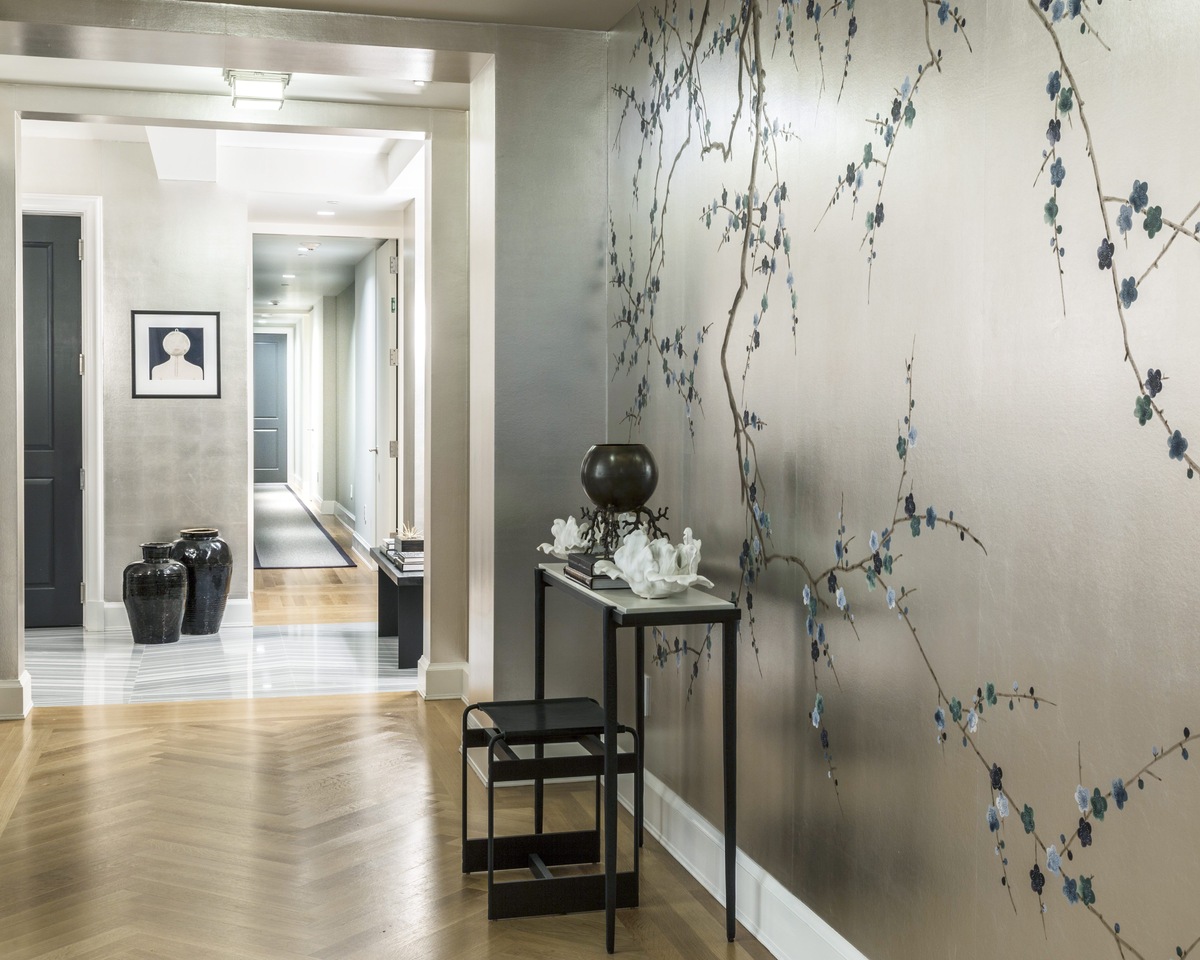
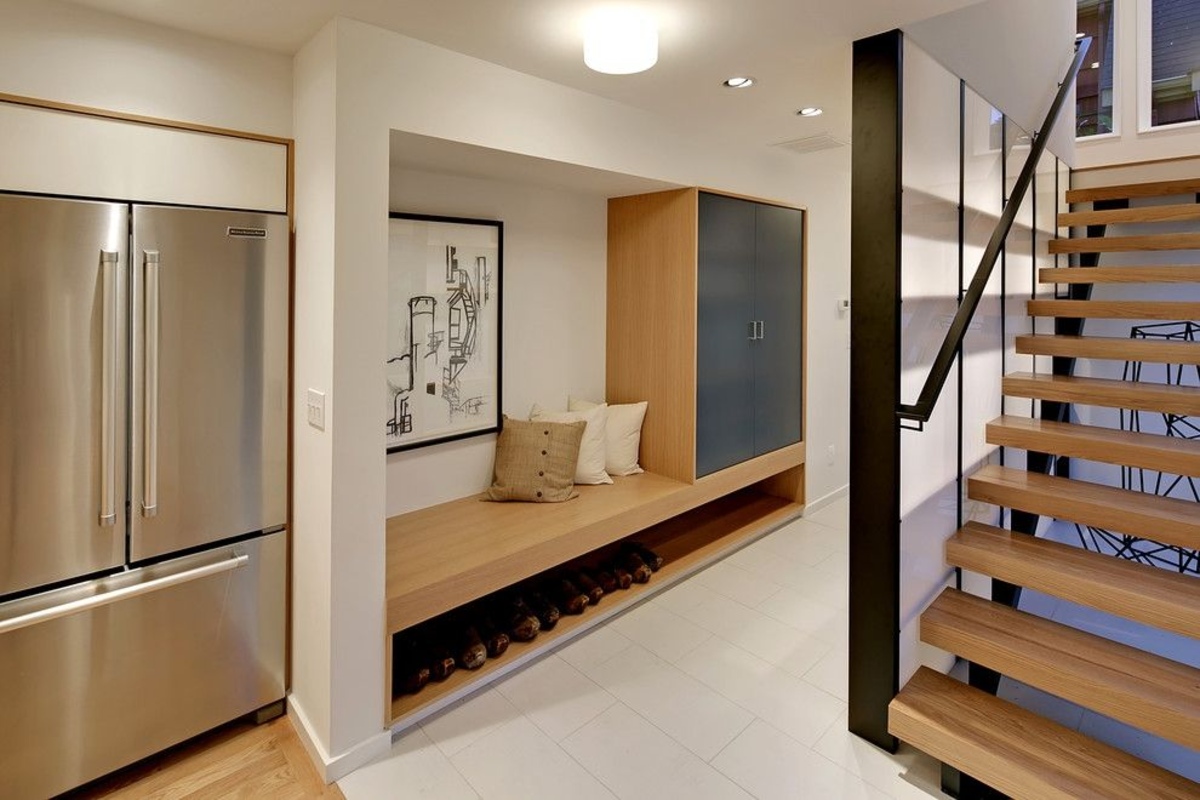
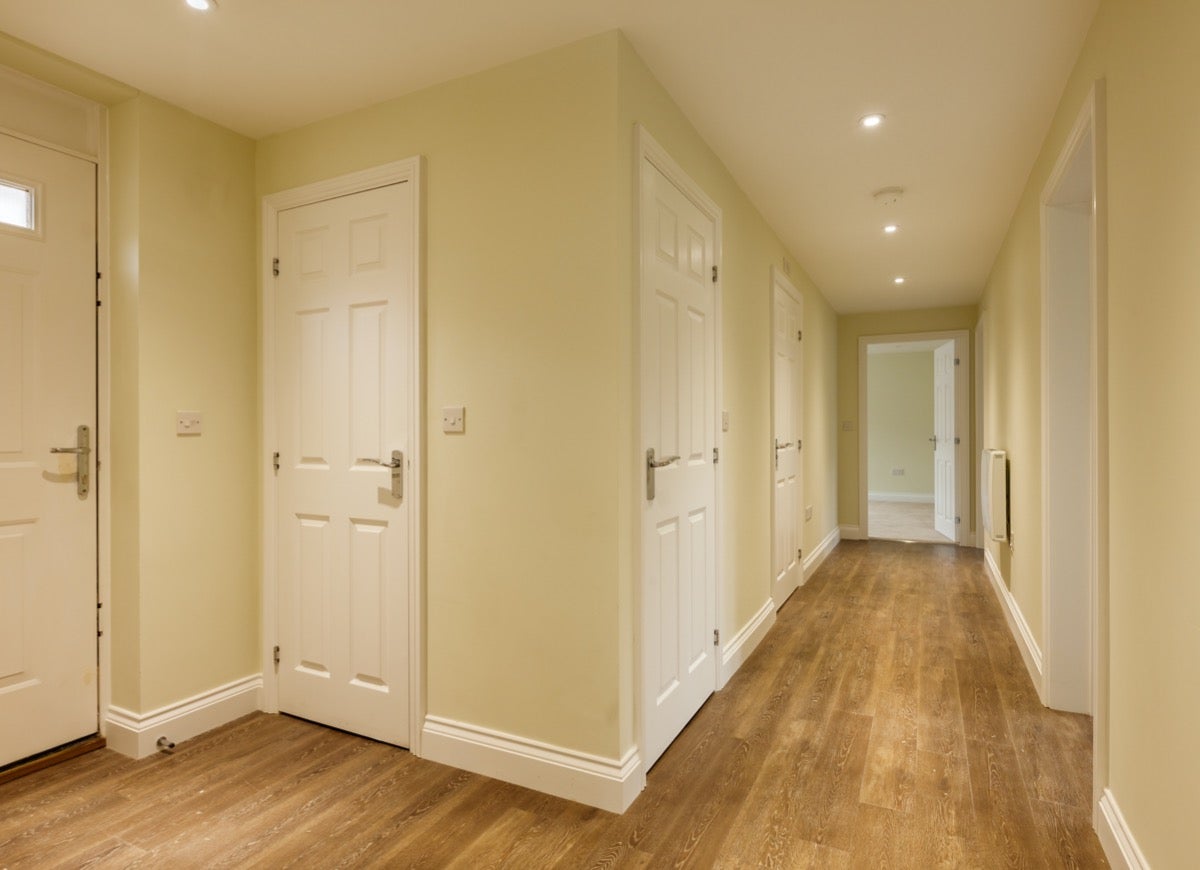
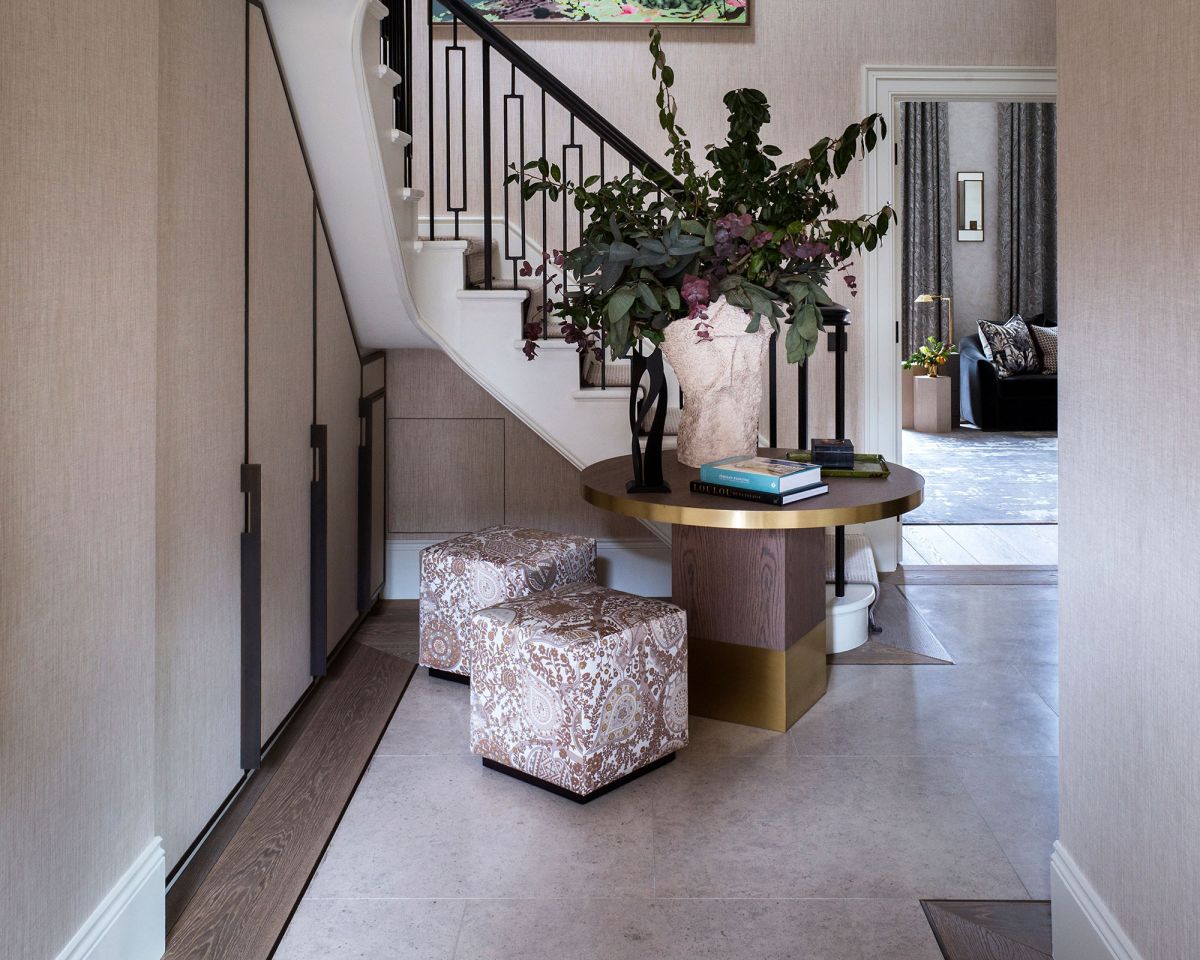
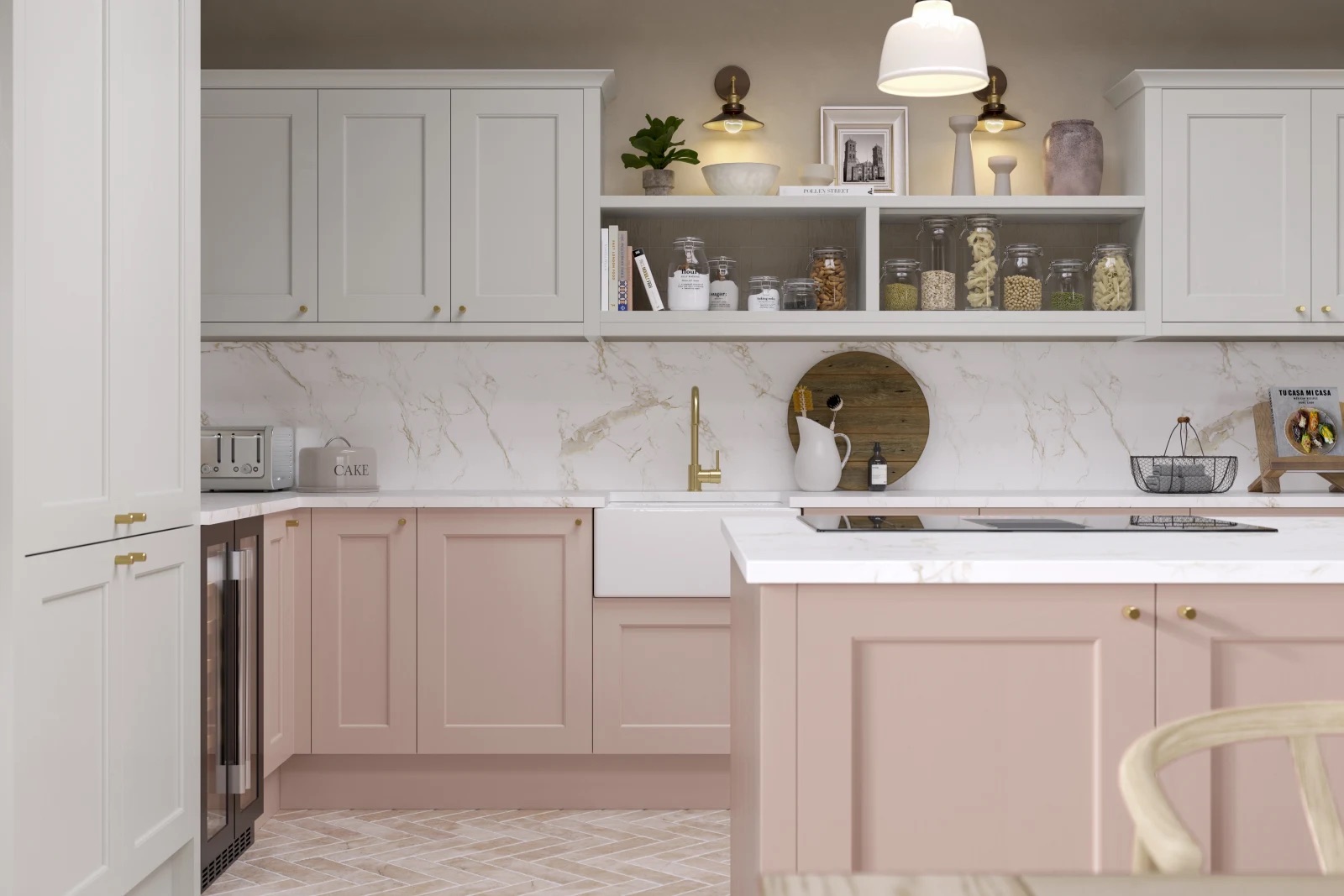


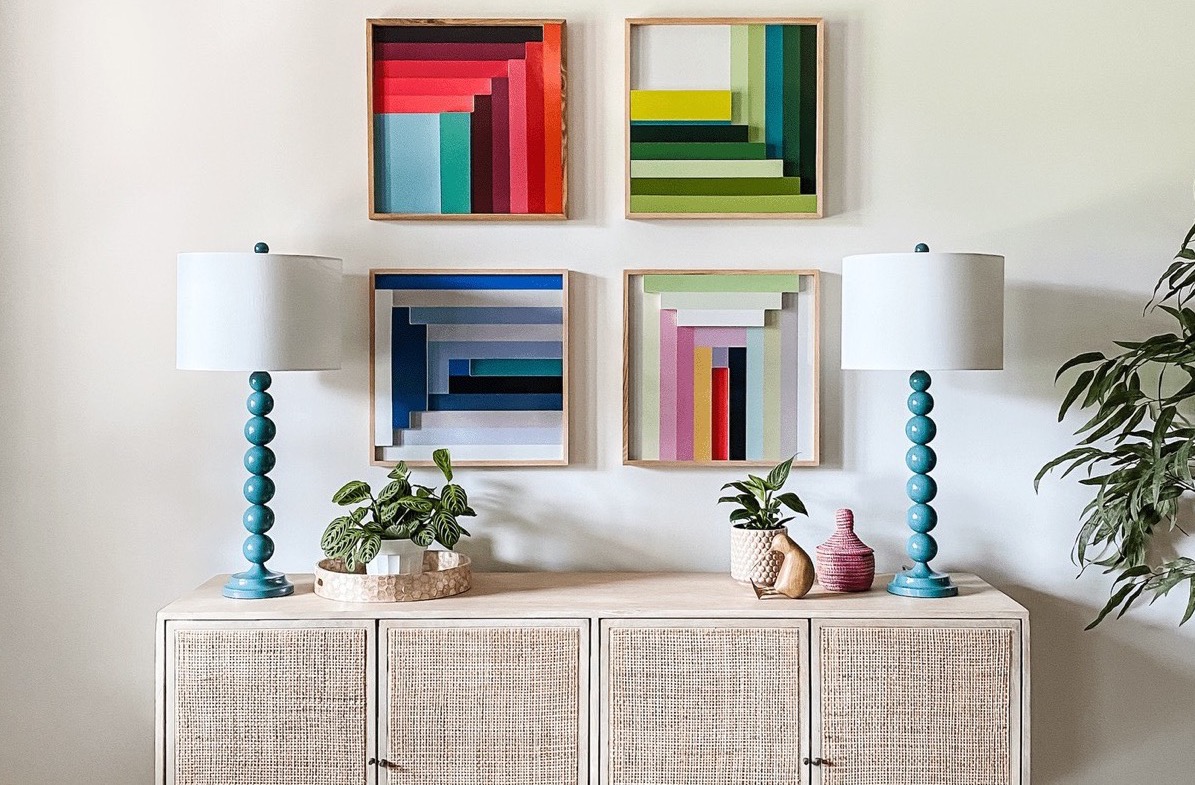
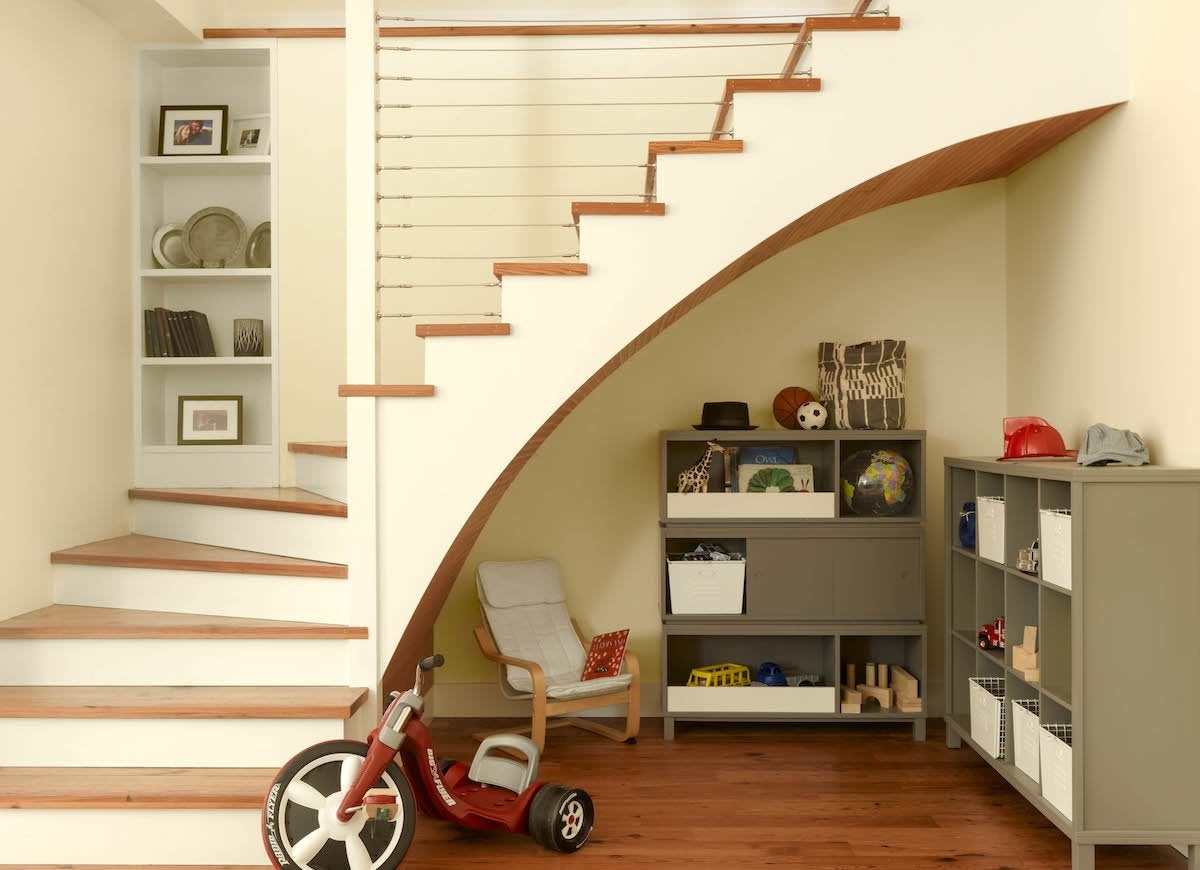
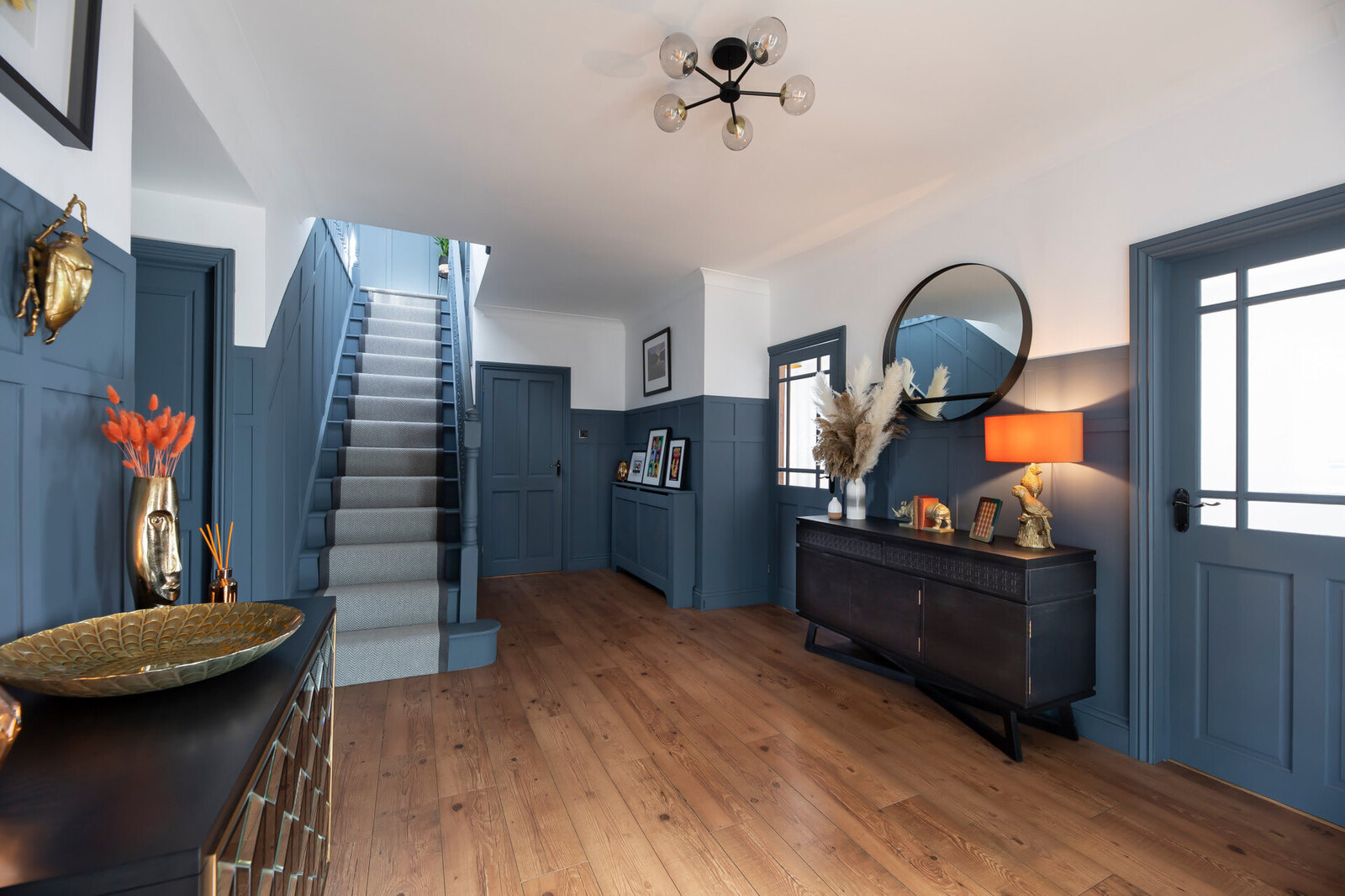

0 thoughts on “Green Hallway Ideas: 10 Designs For A Refreshing, Natural Space”